Estimated reading time 13 minutes, 2 seconds.
The path towards procuring a replacement fighter for the CF-188 Hornet has been one with many twists and turns due to political gamesmanship and strategic business marketing, causing much public misunderstanding.
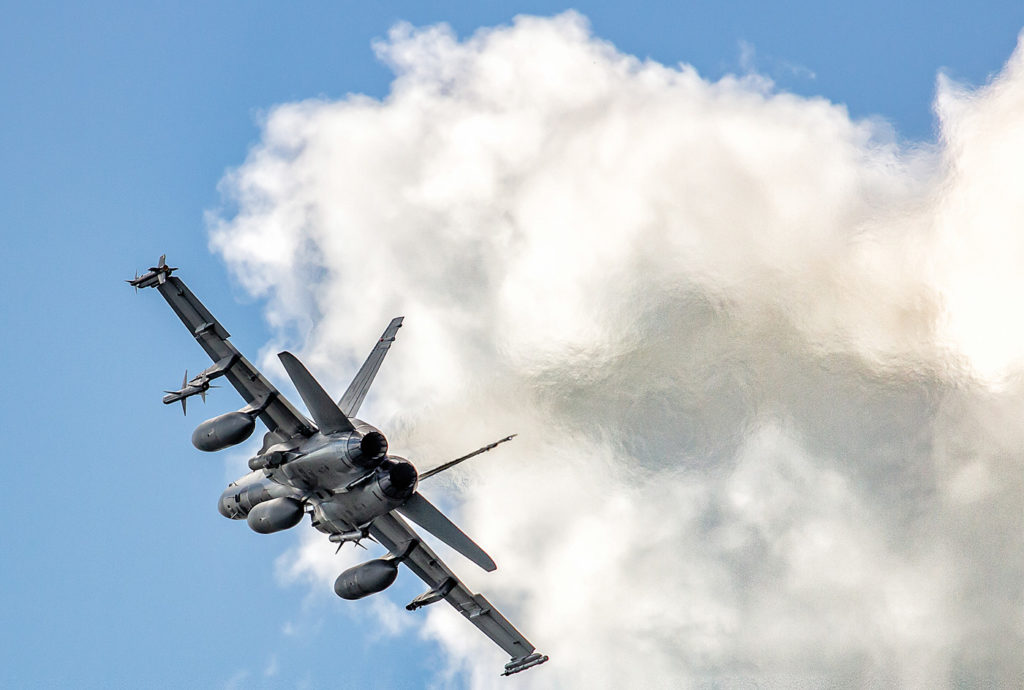
This short article aims to put a few things into perspective as the competitors complete their analysis and response to the government’s request for proposal (RFP) issued July 23, 2019, for the Future Fighter Capability Project (FFCP).
Eligible suppliers
Of the original five qualifying suppliers, only the Boeing F/A-18 Super Hornet Block III, Lockheed Martin F-35A Lightning II, and Saab Gripen E fighters remain in the competition.
The Dassault Rafale and Airbus Eurofighter Typhoon were both pulled from consideration, with company officials citing “that NORAD [North American Aerospace Defense Command] security requirements continue to place too significant of a cost on platforms whose manufacture and repair chains sit outside the United States-Canada 2-EYES community.”
Given that the Canadian government identified the first two principal roles of the Canadian Armed Forces as ensuring Canadian sovereignty and the defence of North America, the requirement to be fully functional and integral within NORAD is mandatory.
The reality today is that fighters are not simply weapons platforms, but flying computers that also function as airborne sensors that are designed to be integrated into command and control computer networks. Thus, the challenge for non-American manufacturers is to overcome both sensitive commercial and U.S. national security concerns when they are required to integrate and support U.S. information-sharing equipment in their platforms.
A second reason given for Airbus’s departure was the eleventh-hour modification to the RFP that relaxed the expected industrial technological benefits (ITB) obligations. To attract more than three suppliers and ensure a competition, the government originally stuck to its standing ITB policy of “requiring the winning supplier to make investments in Canada equal to the value of the contract.” However, this effectively eliminated the F-35 due to the Joint Strike Fighter (JSF) Program agreement – signed by Canada – that forbade such a demand. To provide latitude to all bidders, the final RFP was modified into a two-phased proposal to allow non-American companies to address 2/5-EYES challenges up front, while also applying rated criteria for economic offset potential of stated ITB requirements, to keep the F-35 within the bidding process. Additionally, five per cent was shifted from cost to economic criteria to compensate for changes in the original draft ITB policy. The proposals will now be assessed on 60 per cent technical merit, 20 per cent cost and 20 per cent economic benefits.
Current bidders
In recent years, the Saab Group expanded globally by offering industrial partnerships that combined local production and capital-heavy ventures with national customer partners.
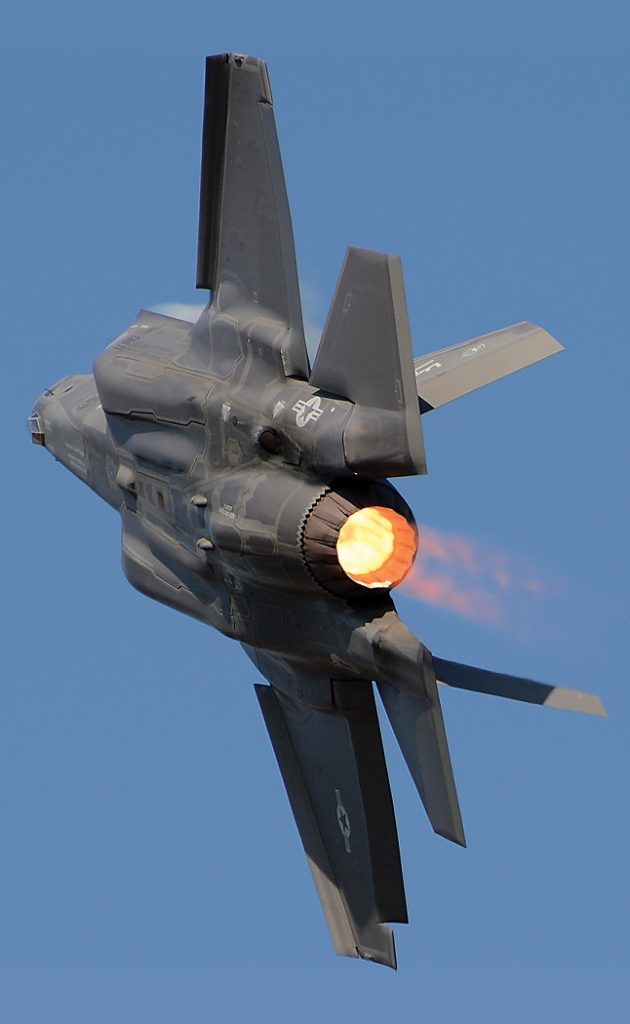
Saab’s approach with the Gripen E bid in Canada follows this successful formula of maximizing national economic benefits with an economical product; however, Saab also faces the challenges that Airbus determined to be too difficult to overcome. Additionally, the Gripen E is still in development; its first production flight occurred on Aug. 26, 2019, meaning issues of proven performance and systems maturation need to be factored in during bid evaluation. According to the firm, this first fighter will be used as a test aircraft in a joint Swedish/Brazilian test program, the only two customers for the Gripen E to date.
Given that the Eurofighter bid was sponsored by the U.K. government, a member of the 5-EYES community that decided it could not meet the information-sharing requirements, Saab will need to be innovative and cost-conscious in its proposal if it is to surmount this mission-critical criteria.
As for the Super Hornet, Boeing promised to invest $18 billion in ITBs under the failed 2017 purchase agreement for 18 fighters, and it is anticipated that the company will follow its established approach to investing in Canada as per previous ITB commitments.
Concern over the so-called Boeing Clause, “to allow only companies that it deems ‘trusted partners’ to bid on major capital programs,” has faded away and Boeing is confident that it can mount a competitive bid, particularly now that the U.S. Navy’s (USN) commitment to future purchases will keep the production line open until 2033.
By incorporating leading-edge technology into the Block III to meet adversarial advances, Boeing has ensured the Super Hornet will meet Canadian requirements. Although still in development as well, a major question for government decision-makers has to do with sustainability. At present, only the USN and Kuwait will operate the Super Hornet Block III, while Australia has plans to upgrade their Block II version. As Australia expects to retire its fleet in the early 2040s and the USN in 2045, the challenge for Boeing will be in meeting the stated lifecycle expectancy of Canada’s future fighter in a cost-effective manner.
Since 2015, the much-maligned F-35 has proven itself in combat and counts Australia, Belgium, Denmark, Israel, Italy, Japan, the Netherlands, Norway, Poland, South Korea, the United Kingdom, and the three U.S. services as customers. As the only fifth generation fighter, it contains technological advances that are designed into the aircraft and cannot be replicated in fourth generation platforms.
The overall architectural concept regards the F-35 as more than just a weapons platform, but also as a forward sensor that is fully integrated into the developing multi-domain command and control system. Initial airframe costs have been significantly reduced and early sustainment issues are being resolved; however, the F-35 remains the most costly platform to own and operate at the moment.
With a projected lifetime production run of over 4,000 fighters, lifecycle support is guaranteed, and Canadian industry stands to gain substantially from Canada’s early investment in the co-operative JSF Program. However, according to reports, manufacturers will lose points in the ITB element formula scoring system if they do not make a 100 per cent commitment to the contract value, which Lockheed-Martin is prohibited from doing by JSF contractual agreement.
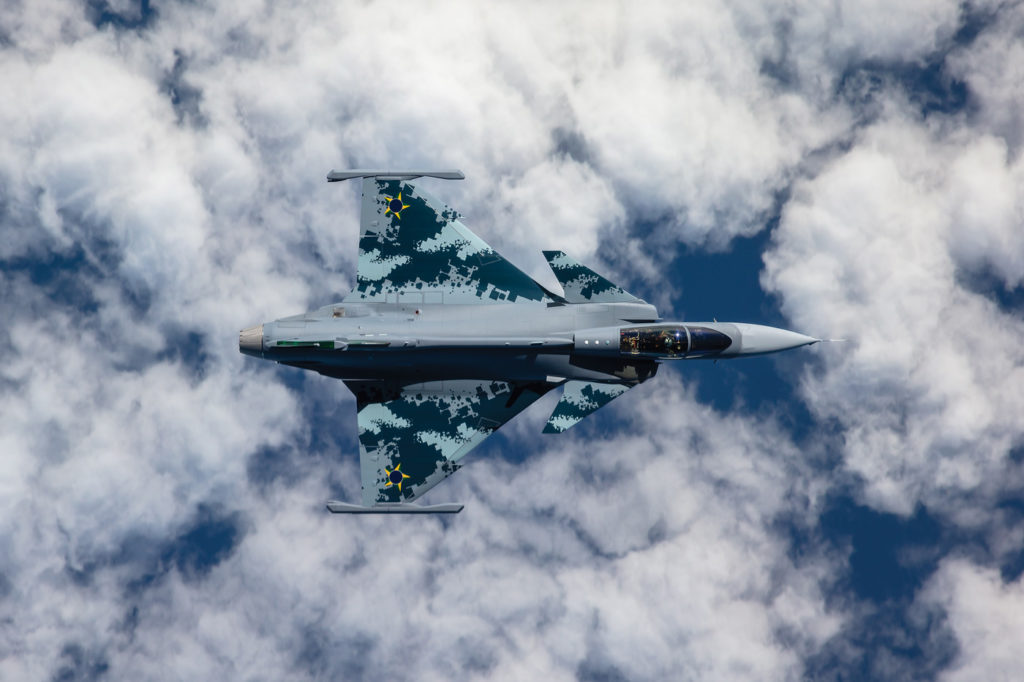
Arctic
Interestingly, all remaining competitors can lay claim to being Arctic platforms. Canada has already proven the F/A-18’s credentials in the high North, the U.S. will base two combat F-35 squadrons in Alaska, and Sweden has developed the Gripen with Arctic operations in mind.
The issue of one versus two engines has never been a significant issue for Arctic operations except in Canada. Originally, two engines was one of the many discriminators used in choosing the F/A-18 over the F-16 in 1979. Recently, the Standing Committee on National Defence’s shaping of the narrative in 2016 to promote the sole-source purchase of the Super Hornet reintroduced the idea that operations in the Arctic demanded two engines.
As with commercial aviation where transatlantic flight once required four-engine passenger planes, the advancements in engine technology have led to standard two-engine models today. Engine reliability is not a concern with any of the competing fighters. However, operations in Canada’s Arctic are unique and risky in an inhospitable region that is 11 times the size of Sweden. Other discriminators, such as continuous communications and tracking, become equally or more important to survival.
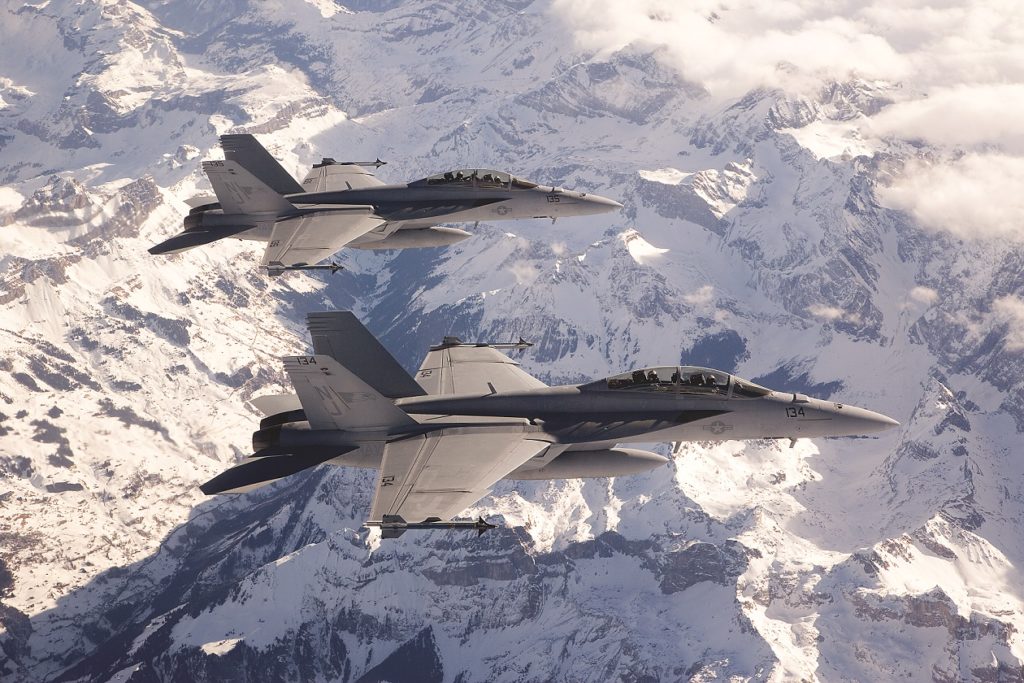
Stealth
One of the unfortunate aspects of American F-35 global marketing efforts with respect to the FFCP is the issue of stealth technology. Although the idea of penetrating, first strike operations sells well in the U.S., stealth is a much maligned and misappropriated concept in Canada.
Stealth technology is all about maximizing self-protection and increasing survivability by disrupting the ‘kill-chain’ through low observability. This concept is no different from the tactical advantages that I used while flying the CF-104 in Germany during the Cold War. The Starfighter had a one-square-metre cross-section nose-on, making the adversary’s initial radar detection difficult and target acquisition and identification questionable, delaying force commitment to the target. This complicated the decision and order to attack the target, and finally upon weapons release, the low radar cross-section shrunk the available radar weapons envelope needed for destruction of the fighter. The CF-104’s speed significantly exacerbated the adversary’s kill-chain difficulties.
The CF-188 Hornet I flew later required a Defensive Electronic Countermeasures suite that masked the larger aircraft radar cross-section, and electronically intervened and complicated a more advanced kill-chain.
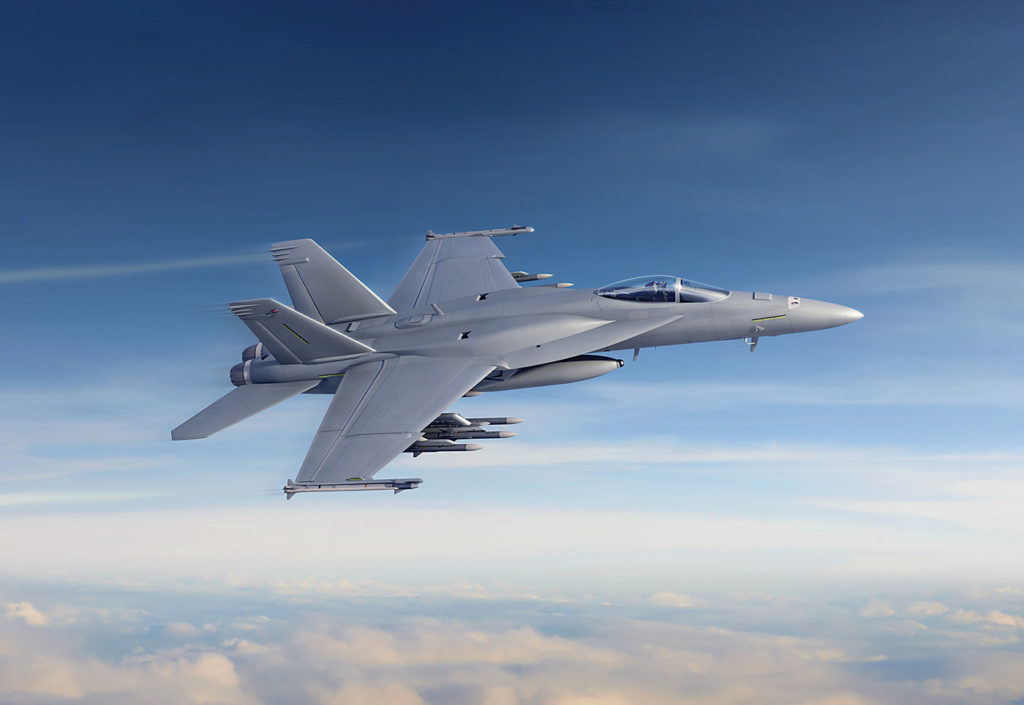
The advent of artificial intelligence (AI) will significantly decrease ambiguity and decision-making time in the near future. Whether built into the design or strapped on later, some form of self-protection is required to protect the pilot and the fighter asset that will either be defending Canadian territory or operate in foreign contested airspace when the government commits its fighter force.
The question is one of application and the cost effectiveness of self-protection measures used by each platform and how they are expressed in the bid proposal.
Costs
Costing is a nebulous exercise outside evaluation of the final bids due to the many variables. Although airframe costs are most often thrown around, the government must consider the airframe, operating, infrastructure, sustainment and other related costs as a package, balanced against the capability being purchased.
A good example of the intricacies involves the way the fighter fleet is bought. The Super Hornet must be purchased through the U.S. Foreign Military Sales (FMS) process, where the U.S. government acts as the broker. Generally, a 30 per cent mark-up is charged for research and development (R&D) and administrative fees.
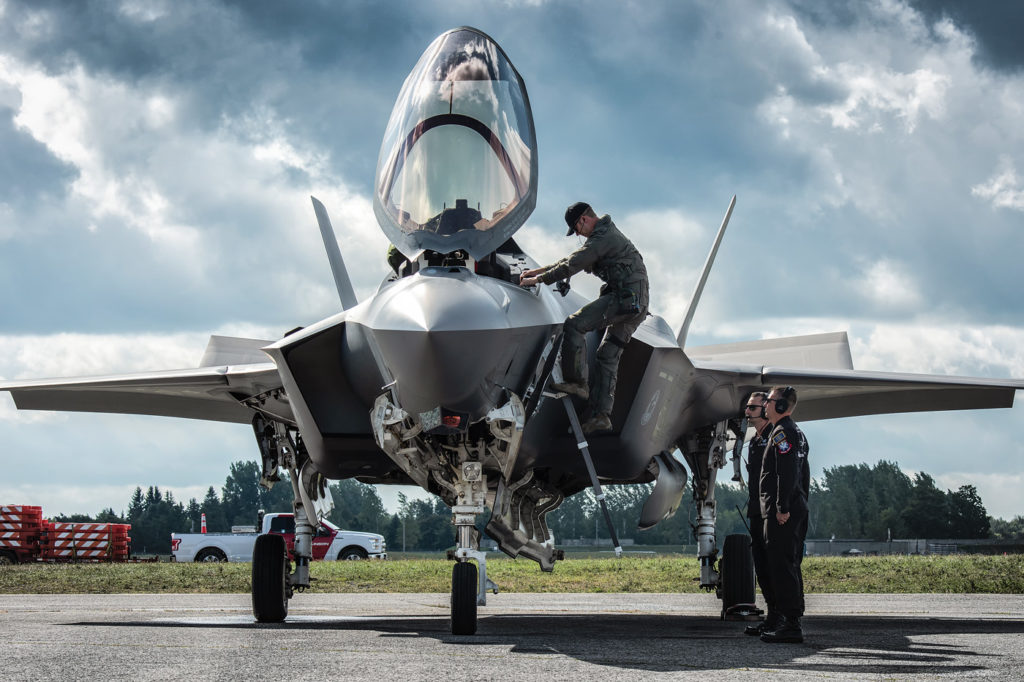
In the case of the F-35, as a JSF partner, these costs are reduced for Canada through common funding. The costs for R&D have already been shared by the membership pool, and partners pay the same price for the weapons system as the U.S. services.
Future upgrades become additional FMS expenses for the Super Hornet, whereas upgrade developments are shared by JSF members.
Each of the competitors is being asked to provide 88 fighter aircraft within the $19 billion funding envelope and the old adage of “you get what you pay for” is very applicable.
Each of these platforms brings a different level of current and future combat capability that needs to be judiciously weighed. If the fighter is to reach the government’s goal of flying until 2060, each needs to be flexible and adaptative to evolving technology. More significantly, 70 per cent of lifecycle costs are in sustainment and therefore the fighter chosen must be cost-effectively supported for the next 40 years.
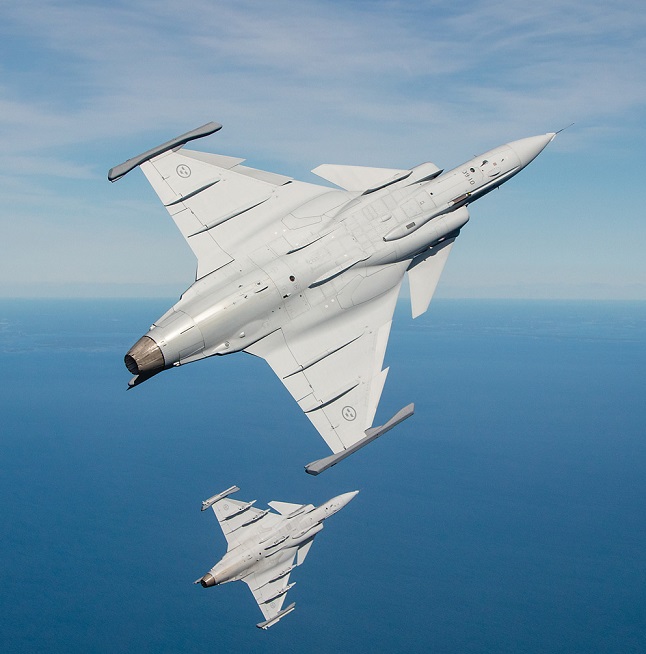
The next leg
In the lead-up to the RFP, it has been evident that national security factors have been competing with economic benefit interests. With the election this fall, the next government (whatever form this takes) will no doubt want to review the project and put its own stamp of approval on the process that it has inherited.
Hopefully this will not further delay the decision on the replacement of the CF-188 fleet and the Royal Canadian Air Force will finally be able to move ahead with the best fighter aircraft Canadians can provide to the women and men who are putting their lives in harm’s way.
Alan Stephenson (Col ret’d) holds a PhD from Carleton University and is a former CF-188 pilot with 3,600 hours flying fighters. He is currently an aviation consultant and a Fellow at the Canadian Global Affairs Institute. This article is adapted from a paper for the CGAI you can see here.
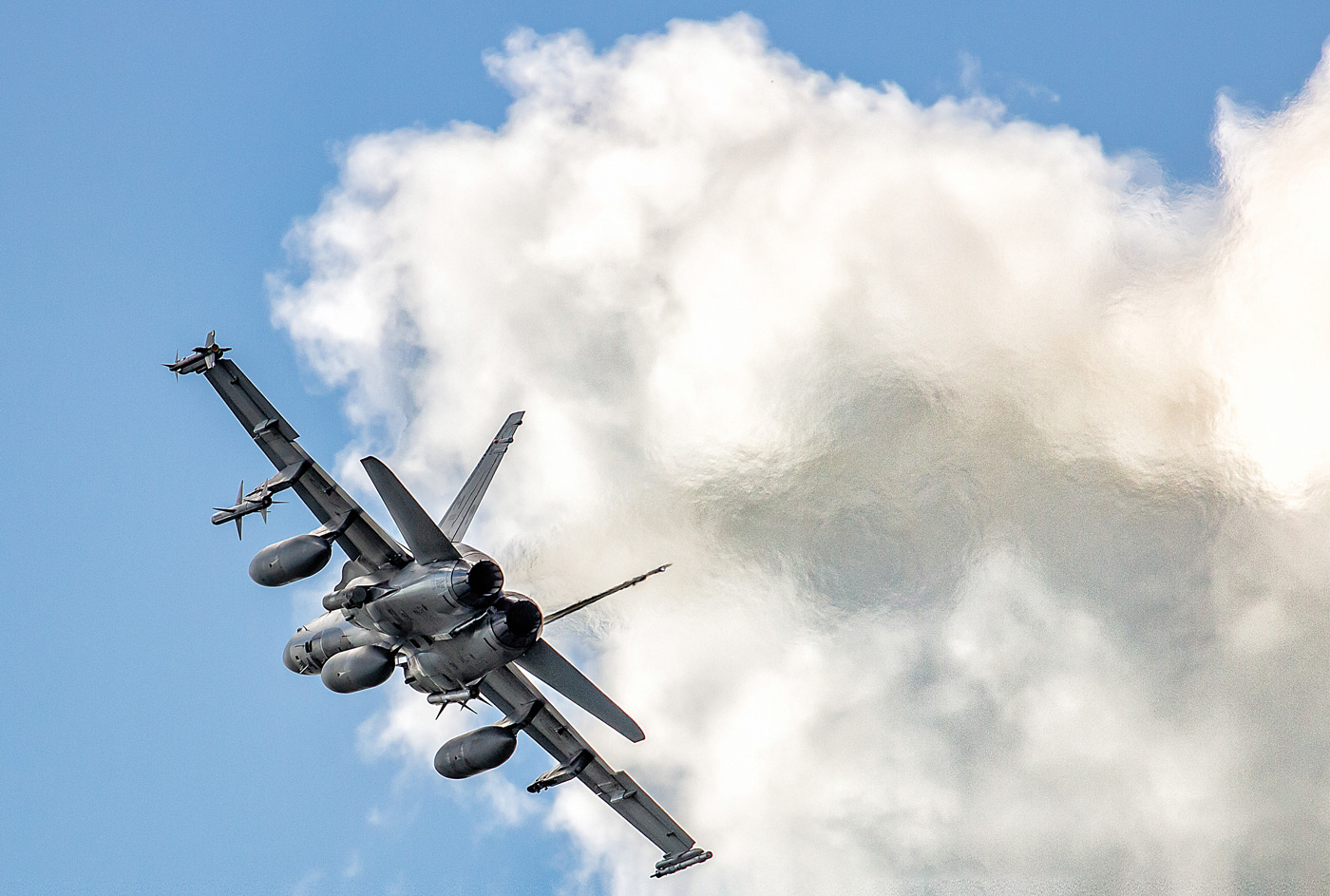

The article misses the core issue of fighter procurement facing the RCAF. Trudeau does not believe Canada needs a military capable of kill operations. He withdrew our CF-18 force in Afghanistan, stating “This is not Canada”.
Fighter procurement only interests him to the extent he can use it to get elected. He terminated the previous government’s F-35 commitment, and said the aircraft “Does not work”, setting a trap for himself. He scrambled to concoct a capability gap to justify buying the Super Hornet, but Boeing embarrassed him with its attack on Trudeau favourite, Bombardier. Now, the F-35 is the only choice. But he cannot swallow that outcome, because he vowed to kill the F-35 to get elected. Just like pipelines, new fighters for the RCAF will never happen while Trudeau and his puppet master Butts are running the country.
Actually Abbott Martin,
CF-18s were never deployed to Afghanistan, Trudeau withdrew them from the Syrian Civil War.
The Conservative Government under Harper cancelled the F-35 purchase, after a scathing report from the Auditor General.
Your righteous indignation would be easier to take if you had your facts just a little bit right.
He sounds like a sterotypical Tory. Lots of indignation coupled with a severe lack of knowledge.
Regardless of their political stripe Canadian governments have never been very good at purchasing big-ticket equipment. While I understand the appeal of a fully 5th-gen platform the F-35 will need to carry external tanks to operate effectively over the vast Canadian wilderness, negating its stealth, it also is limited in what it can carry internally so if a warload needs to be externally enhanced it will also negate its stealth. The Gripen-E is new enough and can be upgraded, it’s also cheapest to operate with fewest support personnel. Considering the Canadian services suffer from chronic personnel shortage the Gripen-E is a more realistic choice, IMHO. We can buy more aircraft for the same $. While it is still in development it’s pedigree is the well-established Gripen-C and its program has been moving very fast because of that.
It would appear to me, the best face saving option is the Saab Gripen E/F. It is the least costly to purchase and operate, is politically more tolerable to Canadian politicians and the industrial offsets to Canada can be achieved by building the fleet in a Canadian facility such as Canadair Montreal. Moreover, it is the only true multi-role aircraft and has the separate software for upgrading tactical, weapon and communication technology. This feature alone will easily extend it’s life to 2060. While the Super Hornet will have difficulty maintaining its capability beyond 2045, the F35 is basically a first strike BVR weapons platform and incapable of multirole activity.
The choice is between the F-18 and Gripen…
The F-35 is still 5+ yrs from being complete.
Even when it is complete, it will be so hungry for money and maintenance hours that it would be useless in war. In war, money and hours are NEVER in great supply.
As for the F/A-18E, it isn’t the same kind of plane as the F/A-18A-D (CF-18). It was redesigned for its carrier role as an anti-ship and coastal assault aircraft. Two missions that it does extremely well. However, it is no longer a good A2A fighter because the USN realised (and quite rightly) that there were no opposition carriers that could threaten theirs.
No enemy aircraft can get through the massive shield of AEGIS ships that make up a good portion of a USN carrier group. Therefore, A2A combat efficacy became less of a priority than payload.
The planes never stray far from their carriers so range also stopped being a priority. These planes are phenomenal at what they do but they have become a niche aircraft, a heavy striker. The F/A-18E is not nearly as well-suited to the primary mission of the RCAF as the JAS-39E would be.
The RCAF’s primary mission is called “Defensive Counter-Air” and it means defending sovereign airspace. For that mission, a plane must be primarily an A2A combatant, not a heavy strike aircraft like the Super Hornet or for that matter, a light strike aircraft like the Lightning II.
Canada has no disputed land border so striking invading forces is not really a priority for us. If we were invaded, the JAS-39E is still a great attack aircraft with the ability to use powerful A2G missiles like the RBS.15 and several cruise missile variants.
It is clear that this author is biased towards the F-35 by making misleading statements such as “In the case of the F-35, as a JSF partner, these costs are reduced for Canada through common funding.” while ignoring how expensive the F-35 is to operate (more than 4x the cost of the Gripen power hour) and not commenting on the Gripen AT ALL in the cost analysis section of this article.
I know these aircraft. I have studied and researched them for years and have been a military aviation enthusiast for three decades. This author is a retired colonel so why is he fudging the facts?
He may be biased. Did you read this? https://dpa.ltd/alan-stephenson/ Also, that comply DPA lobbies the government on behalf of companies. Interesting.
If Canada were the size of Germany’s landmass with multiple trading partners such as Europe, yes, Canada would be better off with a fighter like the F35 because, for one, we wouldn’t need that many.
The fact is that Canada is huge. And the north is cold. Like it or not, we cannot afford to put first strike fighters in Canada. They don’t have the distance. We would have to buy quite a few to cover it all.
The other problem is that the North is being challenged by a number of countries that would like to use it to sail from the Pacific to the Atlantic. And they don’t want to ask for permission from Canada. To enforce it, we need to show up fast anywhere on that route and have some guns to make a point. We are not interested in sneaking up. We want them to know we’re there.
The third point is that Canada, in no way, can afford to put together an airforce to take out the US, or Russia, or China. We will always need help. To a plane designed to strike first and make it stick isn’t on our agenda. We tend to negotiate by talking softly rather than carry along a big stick. If it ever came to a shooting war, we need a plane to support and defend the troops more than a plane to sneak up and whack the enemy somewhere else.
Given that the US are ignorant in how they treat Canada, based on how Boeing treated us, and Trump and his trade tariffs, and the fact that the F35 costs kaaahbillions of dollars an hour to operate, I’d say stay clear of any of the American bloated warfare toys just for those reasons alone. We don’t need the f35. Canadians are not attackers. We don’t go looking for wars. Unlike others who shall remain nameless.